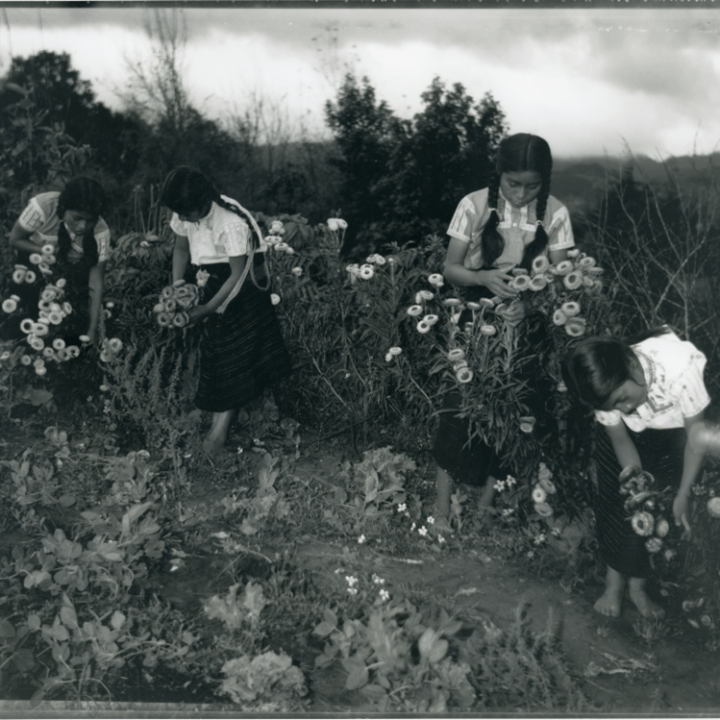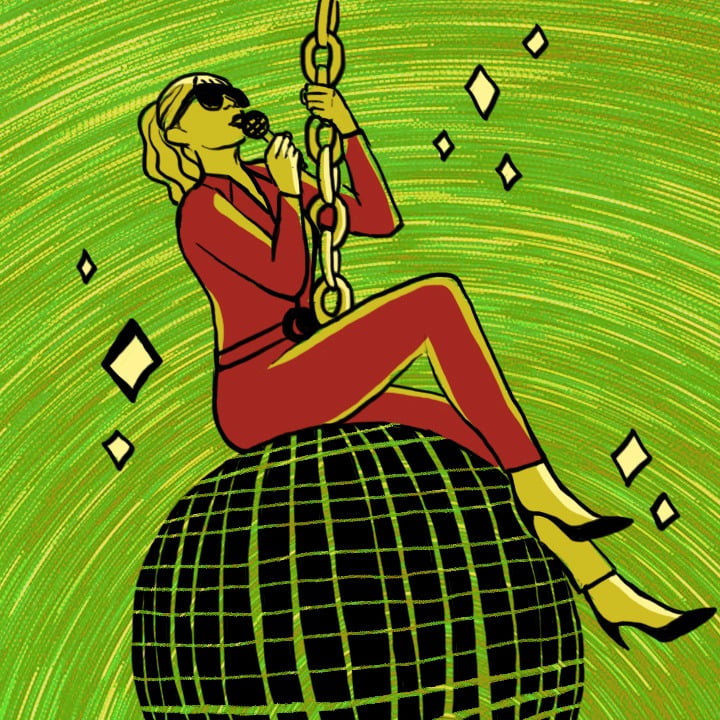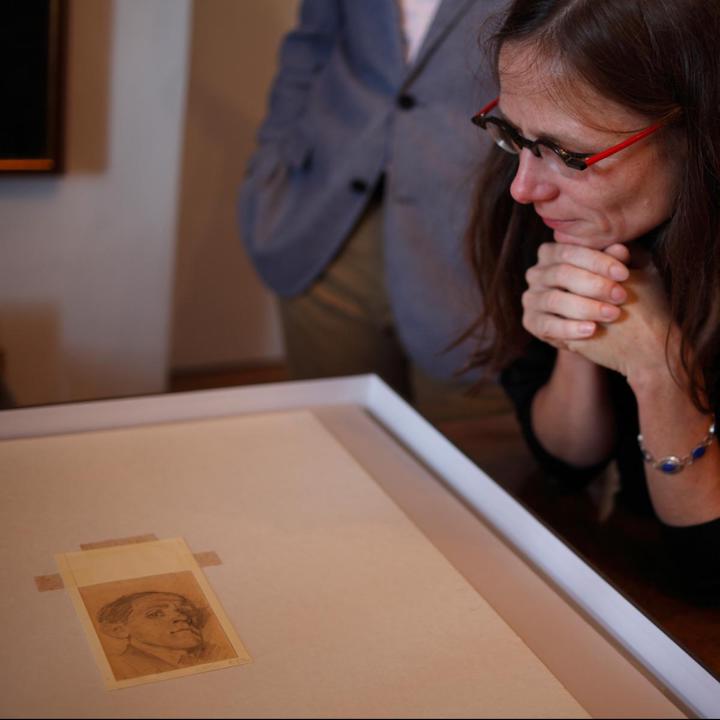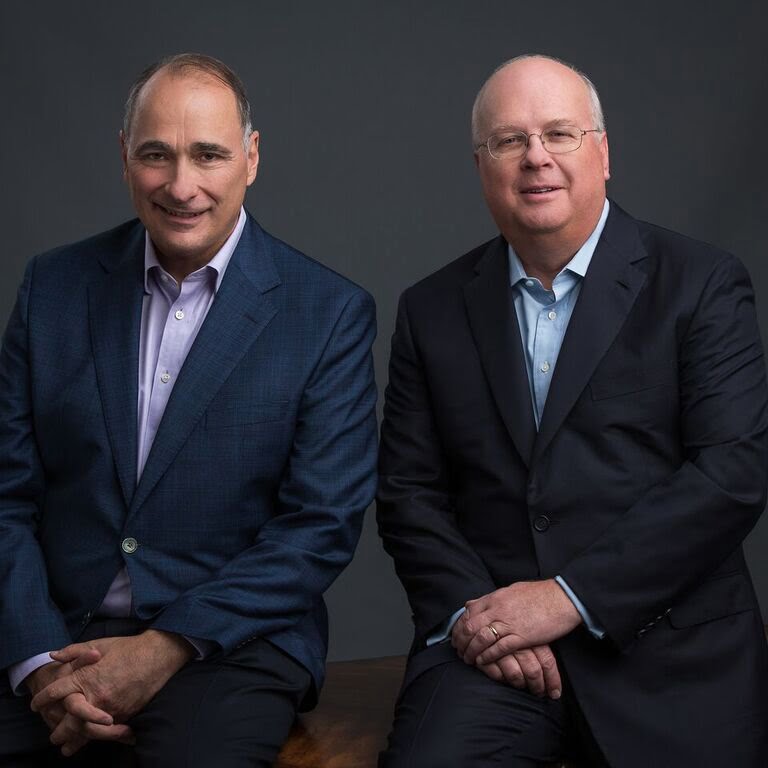Persepolis Reimagined is a new, immersive experience by the Getty Museum in LA, via 360 Magazine


Persepolis Reimagined is a new, immersive experience by the Getty Museum in LA, via 360 Magazine

WEINBERG/NEWTON GALLERY PRESENTS MACARTHUR FELLOWS WENDY EWALD AND AMALIA MESA-BAINS IN TOWARD COMMON CAUSE, A COLLABORATION WITH THE SMART MUSEUM OF ART Weinberg/Newton Gallery (688 N. Milwaukee Ave.), a non-commercial gallery dedicated to promoting social justice causes, announced a collaboration with the Smart Museum of Art at the University of Chicago as an exhibiting gallery […]

By: Clara Guthrie Public health experts are warning that the crowded Lollapalooza music festival in downtown Chicago this past weekend may lead to a dramatic surge in Covid-19 cases, especially given the increasing risk of the Delta variant. Festival organizers estimate 100,000 people attended the event each of the four days, and neither social distancing nor […]

Bruno Schulz (1892-1942) created a rich symbolic world in his small body of literary work and in his graphic art that left a huge legacy in Polish literature and in Jewish literature outside Poland. His stories contained mainly in two collections, Cinnamon Shops (1934) and The Hourglass Sanatorium (1938), along with a few other stories published […]

MasterClass, the online education company that enables anyone to learn from the best in the world, announced today that David Axelrod and Karl Rove, two of the most esteemed political strategists best known for respectively orchestrating winning presidential campaigns for Barack Obama and George W. Bush, are setting aside party affiliations to come together to […]